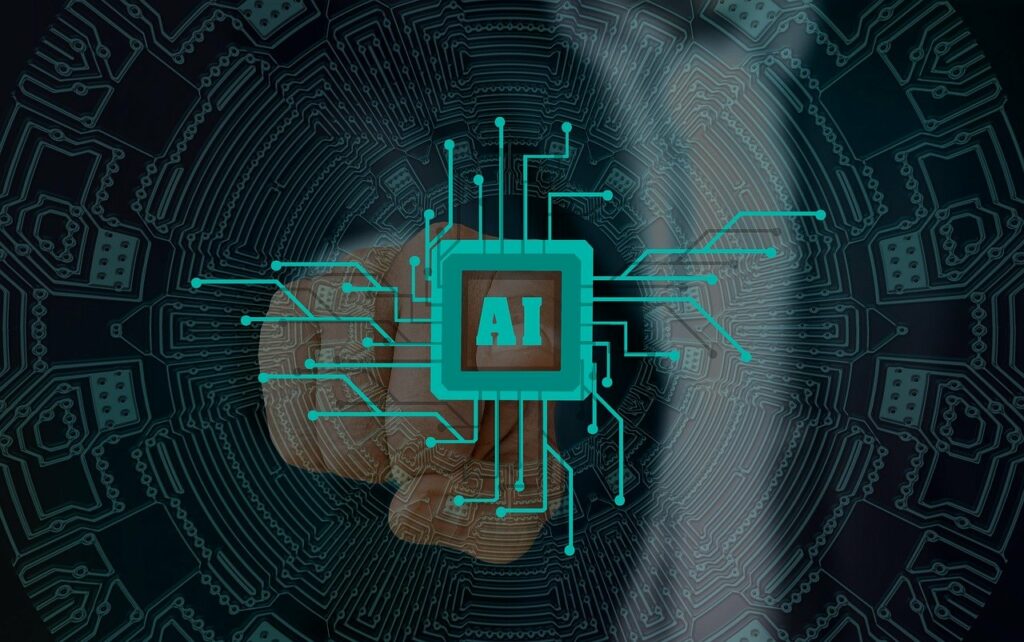
In the rapidly evolving field of architecture, artificial intelligence (AI) is emerging as a powerful tool that significantly enhances efficiency and reduces costs. By automating routine tasks, improving design accuracy, and optimizing resource use, AI is transforming the way architects work, enabling them to deliver projects faster and more economically.
1. Automated Design and Drafting
One of the most significant ways AI is saving time and money in architectural services is through automated design and drafting. Traditional drafting requires extensive manual work, consuming significant time and resources. AI-powered software, however, can generate initial design concepts based on input parameters, allowing architects to explore multiple design options quickly. These tools can also automate repetitive tasks such as creating floor plans, elevations, and sections, freeing up architects to focus on creative and complex aspects of the design process.
2. Enhanced Design Optimization
AI algorithms can analyze vast amounts of data to optimize architectural designs. By considering factors such as site conditions, environmental impact, and material efficiency, AI can suggest design modifications that reduce waste and enhance sustainability. This not only leads to cost savings but also supports the creation of environmentally friendly buildings. Additionally, AI can predict potential design flaws or conflicts early in the process, allowing architects to address these issues before construction begins, thereby avoiding costly delays and revisions.
3. Streamlined Project Management
Project management in architecture involves coordinating various stakeholders, managing schedules, and ensuring that projects stay within budget. AI tools equipped with predictive analytics can forecast potential risks, suggest contingency plans, and optimize scheduling. This level of foresight helps in preventing project overruns and ensures that resources are allocated efficiently. Furthermore, AI-driven project management platforms can automate routine administrative tasks, reducing the burden on project managers and minimizing human error.
4. Cost Estimation and Budgeting
Accurate cost estimation is crucial for the success of any architectural project. AI models can analyze historical data from past projects to provide precise cost estimates for new ones. By considering variables such as material costs, labor rates, and project timelines, AI can help architects create realistic budgets that minimize the risk of unexpected expenses. This accuracy not only saves money but also builds client trust by providing transparent and reliable financial forecasts.
5. Improved Client Collaboration
AI is also enhancing collaboration between architects and clients. Virtual reality (VR) and AI-powered design visualization tools allow clients to experience and interact with architectural designs in a more immersive way. This enables better communication, reduces misunderstandings, and speeds up the decision-making process. By involving clients more closely in the design phase, architects can ensure that the final product aligns with the client’s vision, reducing the likelihood of costly changes later in the project.
Conclusion
The integration of AI into architectural services is revolutionizing the industry by streamlining processes, enhancing design accuracy, and optimizing resource use. By automating routine tasks, improving design optimization, and providing accurate cost estimates, AI is enabling architects to deliver projects more efficiently and cost-effectively. As AI technology continues to evolve, its impact on architecture will only grow, offering even greater potential for saving time and money in the future.
Contact Tom Schaffer at tschaffer@insource-global.com for more information on how AI can help your architectural firm streamline operations and save time and money.










